Quote
"Product management is the art of knowing what to build, when to build, and how to build. It's about creating possibilities out of ambiguities and delivering value from complexities."
Poll
💯 Framework // Concept // Mental Model
Objectives and key results (OKRs) and key performance indicators (KPIs) are two popular frameworks used by companies to set goals and measure performance. But what exactly is the difference between OKRs and KPIs, and when should you use each?
What are OKRs? 🔍
OKRs stand for Objectives and Key Results. The “objective” is the goal you want to accomplish 🎯, while “key results” are how you measure your progress towards that goal 📊.
OKRs originated in the 1950s with Peter Drucker's management by objectives (MBO) framework. The concept was popularized by Intel and then by Google, who helped spread the use of OKRs in Silicon Valley and beyond.
OKRs are meant to define the outcomes you want to achieve, not the specific activities or outputs. A common mistake is making the objective something like "launch new product X" rather than the outcome launching that product will achieve. If you find yourself stating an output as the objective, ask yourself “why?” to get to the real outcome you're after.
The key results quantify your progress towards the objective. Good key results are specific, measurable, achievable, relevant, and time-bound (SMART) 🧠. For example, if your objective is to "Increase customer retention," your key results might be:
📈 Increase 1-month retention rates by 5%
📈 Increase 6-month retention rates by 3%
🔽 Reduce churn rate to less than 2%
OKRs can be used at the company, team, or individual level to ensure alignment. Best practice is to create 3-5 OKRs per cycle and grade them 0-1 based on level of achievement. OKRs are temporary and revisited each cycle, usually quarterly 📅.
Source: https://okrexamples.co/okr-format
Let's look at some examples now, the more example you read the more you understand OKRs
NASA
Let's assume you work for Nasa and as an organization, you are tasked to write OKRs for the next manned moon mission. The goal is to achieve a manned mission and you come up with objectives to achieve that you are tasked to write KRs for one of the Objectives which is to build a space suit for the next moon mission. When you write KRs make sure you keep them specific, measurable, attainable, relevant, and timely. Here is an example of how can you write KRs for the tasked objective.
Objective: Build a space suit for astronauts to walk on the moon
Key Result: The cost of the suit should be no more than $2M to produce
Key Result: The suit must not weigh more than 62 pounds without the life support backpack
Key Result: the suit must be of the highest quality fabric and seams to support an operating pressure of 3.7 psi
Allbirds
Let's assume you work for Allbirds shoe company and you have an objective to create the lowest carbon footprint in your industry.
Allbirds Objective: Create the lowest carbon footprint in our industry.
Key Result: Supply chain and shipping infrastructure 100% zero waste.
Key Result: Pay 100% carbon offset for calculated carbon dioxide emissions.
Key Result: 25% of the material is compostable.
Key Result: 75% of the material is biodegradable.
Zume Pizza
Let's assume you work for Zuma Pizza company and you have an objective to Delight customers.
Zume Pizza Objective: Delight customers. Ensure that our customers are so happy with our service and product that they have no choice but to order more pizza and rave about the experience with their friends.
Key Result: Net Promoter Score (NPS) of 42 or better.
Key Result: Order Rating of 4.6/5.0 or better.
Key Result: 75% of customers prefer Zume to the competitor in a blind taste test.
Here is a comparison between bad KRs and good KRs
Source: https://weekdone.com/resources/okr-examples
Check this out for a complete OKR guide 👇
What are KPIs? 🔢
KPI stands for Key Performance Indicator. A KPI is a metric that measures the performance and health of a business process 🏥.
While OKRs represent the outcomes you want to achieve, KPIs represent the ongoing metrics you need to monitor to understand overall performance. KPIs measure the current state 🌡️, while OKRs aim to improve it.
Some examples of common KPIs:
💰 Revenue
📊 Profit margins
💸 Customer acquisition costs
❤️ Churn or retention rate
🌐 Website traffic
😊 Customer satisfaction (NPS)
KPIs should be selected to align with organizational goals and strategy. Each KPI should have a target value defined that represents good performance.
KPIs are persistent metrics that are tracked over time, not just for a single cycle like OKRs. Monitoring KPIs helps identify when parts of the business need more focus and improvement.
Check this out for a complete KPI guide 👇
OKRs vs KPIs: Key Differences 🔄
There are a few key differences between OKRs and KPIs:
OKRs are temporary objectives and results; KPIs are ongoing metrics.
OKRs represent priorities and change you want to drive; KPIs represent overall health.
OKRs are typically changed each cycle; KPIs persist over time.
OKRs are measurable but aspirational; KPIs have target values defined.
OKRs cascade from company to team/individual; KPIs are focused on specific processes.
While they have differences, OKRs and KPIs work together. KPIs help identify problem areas to set OKRs to improve. Achieving your OKRs helps move the dial on your KPIs.
For example, you might have churn as a KPI that you want to improve. You could then set an OKR like "Decrease customer churn from 4% to 3% this quarter." Once achieved, the improved churn rate becomes your new KPI target.
When to Use OKRs vs KPIs 🧐
In general, OKRs and KPIs serve different purposes:
Use OKRs when:
🎯 You want to focus effort on specific outcomes critical to your strategy
💡 You want to drive change in a measurable way
🤝 You want to cascade priorities across the organization
🚀 You want to encourage ambition and stretch thinking
Use KPIs when:
❤️ You want to measure the ongoing health of the business
🔎 You want to monitor performance of business processes
🔧 You want to identify parts of the business needing improvement
🌟 You want to define targets for what success looks like
For example, a SaaS company might use OKRs to focus on outcomes like "Increase free to paid conversions by 15%" and "Launch integration with our top enterprise customer."
But they would also track KPIs like revenue growth, churn rate, and customer acquisition cost to monitor the overall health of their business.
OKRs and KPIs are complementary frameworks that together help you understand if you're improving aspects of the business that matter most.
Best Practices for OKRs and KPIs 📌
If you want to get the most out of OKRs and KPIs, keep these best practices in mind:
For OKRs:
📋 Limit to 3-5 per cycle to focus on priorities
🎯 Make objectives qualitative outcomes, not tasks
📊 Use quantitative key results that measure achievement
✅ Grade on a 0-1 scale based on achievement
🤝 Align and cascade OKRs at the team and individual level
🔄 Revisit and revise each cycle, typically each quarter
For KPIs:
🎯 Identify metrics tied to company goals and strategy
❤️ Limit KPIs to critical vital signs of the business
📊 Compare KPIs to target values that signal good performance
🧐 Ensure KPIs are measurable and easy to monitor
📅 Evaluate KPIs often, at least monthly or quarterly
🔍 Segment KPIs by factors like customer type, market, etc.
By clarifying the difference between OKRs and KPIs, and using both frameworks together, you can better focus your efforts while keeping a pulse on overall company performance. OKRs help drive change in areas that matter most, while KPIs reflect progress towards your goals. 🌟
📚 Book
Measure What Matters: How Google, Bono, and the Gates Foundation Rock the World with OKRs
🎧 Youtube:
😎 Meme
Prioritization & Metrics
🎲 Week 17 - 6 Most Effective Problem Prioritization Frameworks for Product Managers - Part 2
🧩 Week 16 - 🤯 6 Most Effective Problem Prioritization Frameworks for Product Managers - Part 1
🔐 Week 4 - Week in Product Series - Secrets of Success (OKRs)
📊 Week 27 - 📈 How to Develop and Write KPIs: A Guide for Product Managers 📋
I spend a lot of time researching on topics to give you the best content, If you like my work please like and share it with others. If you have any feedback for me or want me to write on other topics please leave a comment below. Thanks for your continued support.
✌️ It only takes one minute to complete the Net Promoter Score survey for this Post, and your feedback helps me to make each Post better.
https://siddhartha3.typeform.com/to/ApU8zlRR
If you liked reading this, feel free to click the ❤️ button on this post so more people can discover it on Substack 🙏




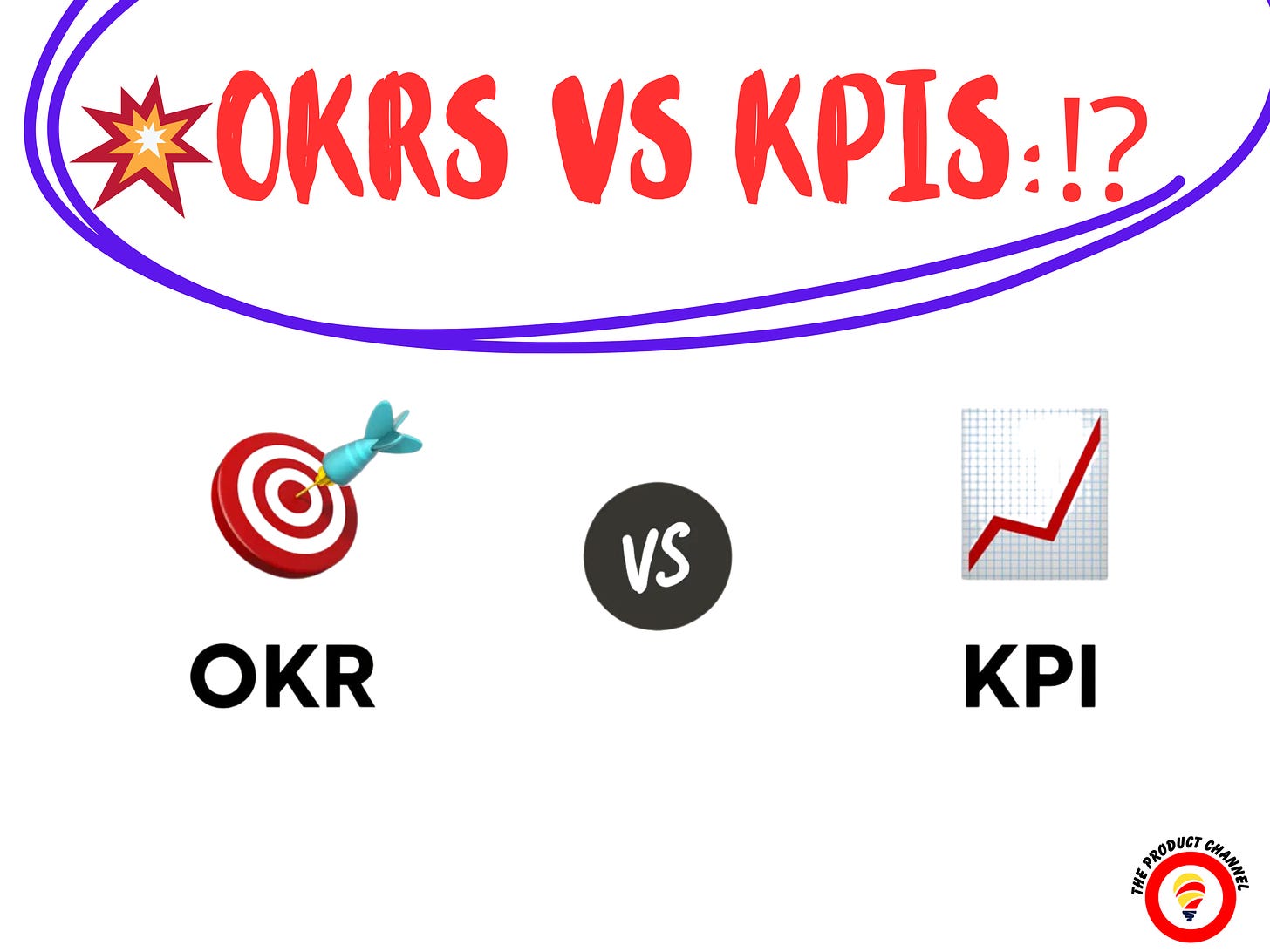
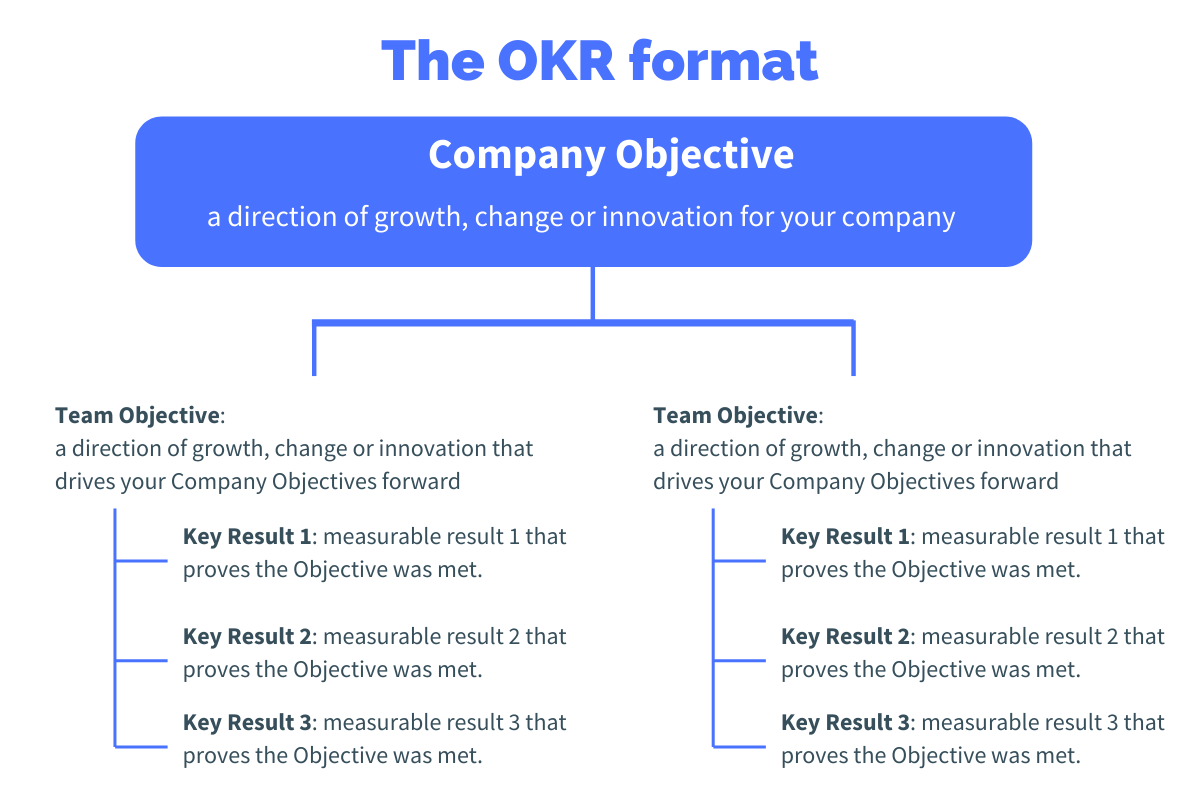
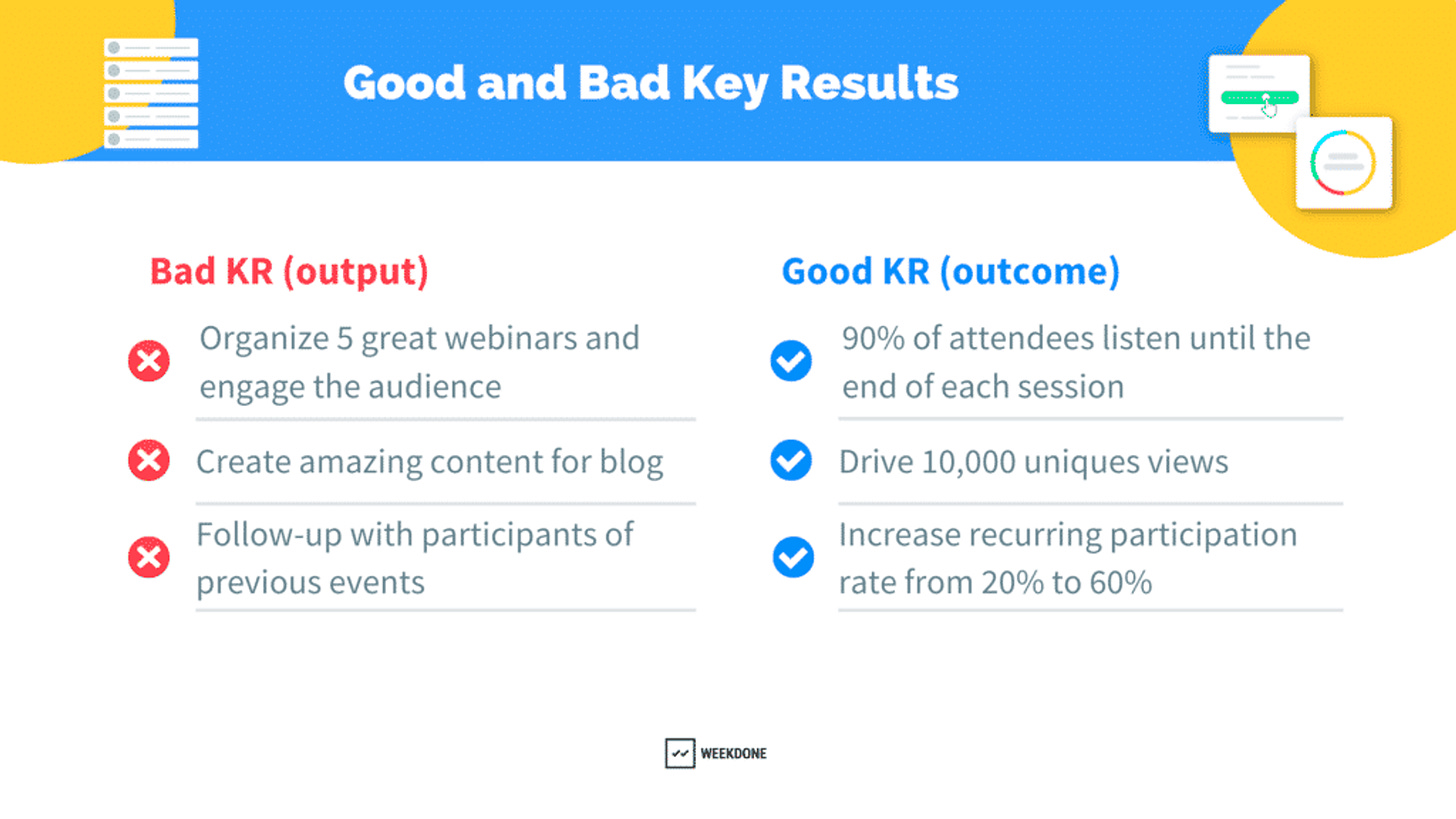
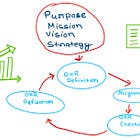
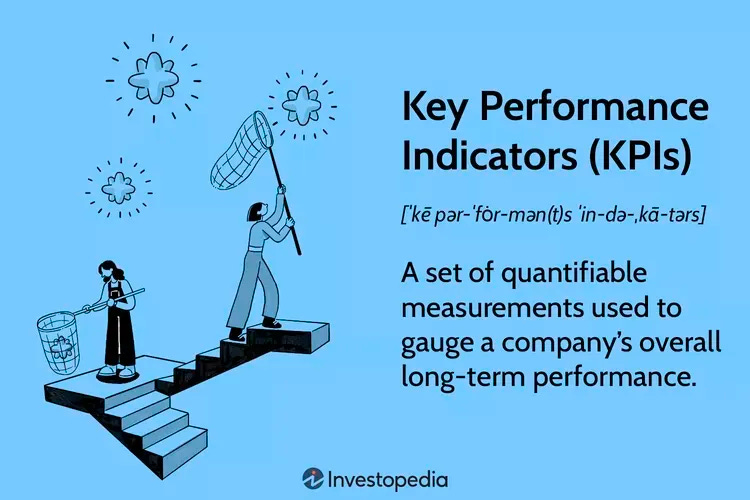

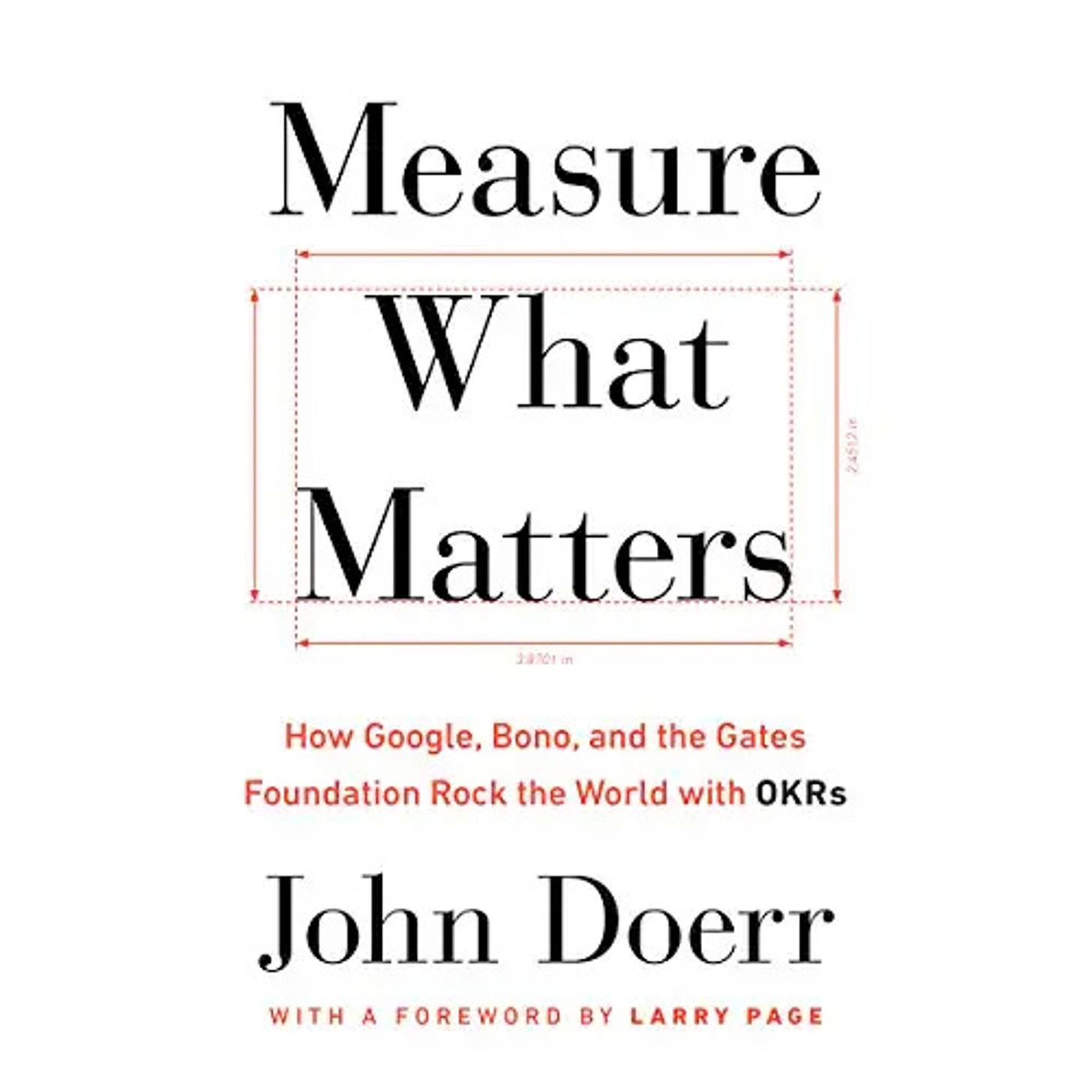
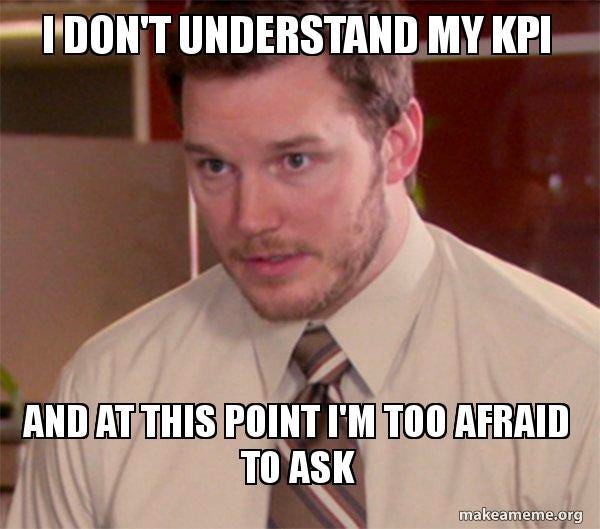
Love the neat explanation. A big fan of your work